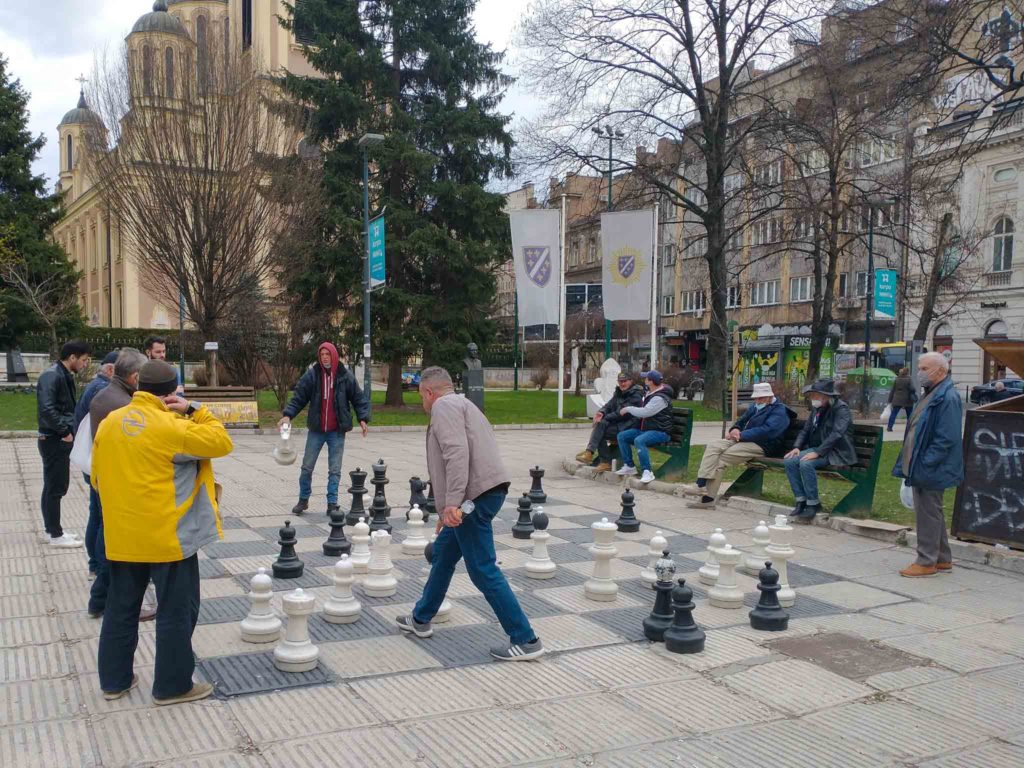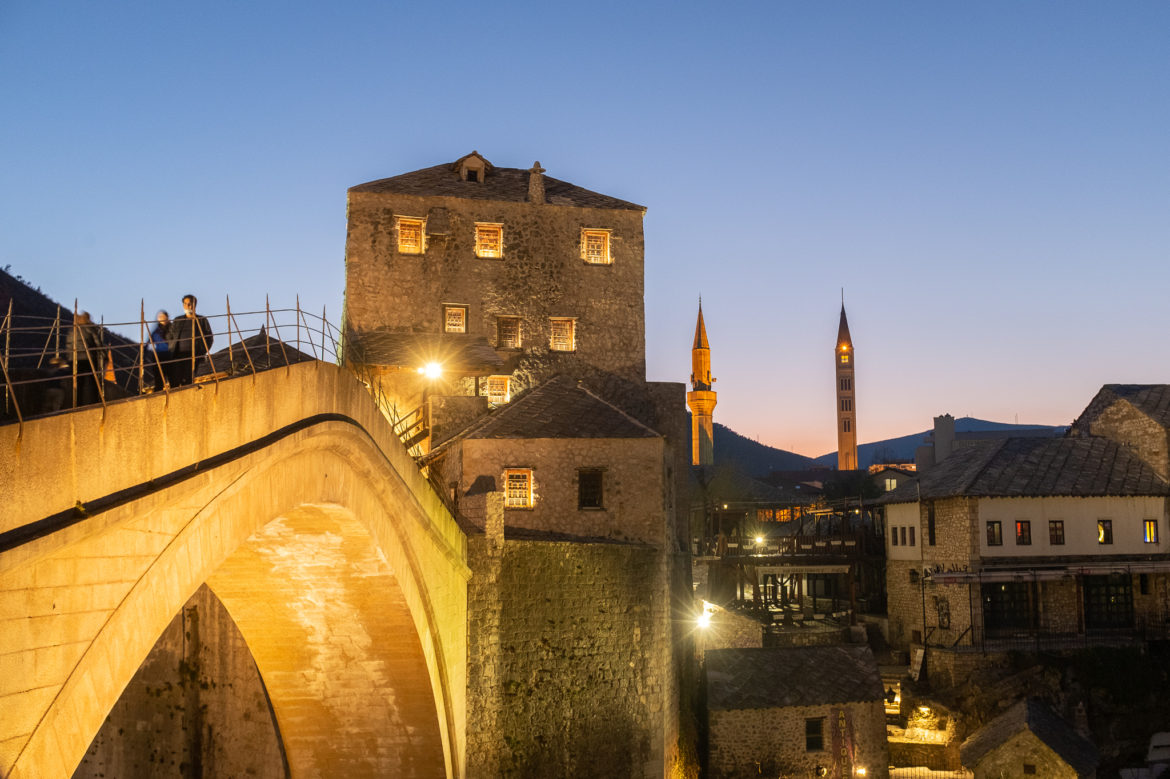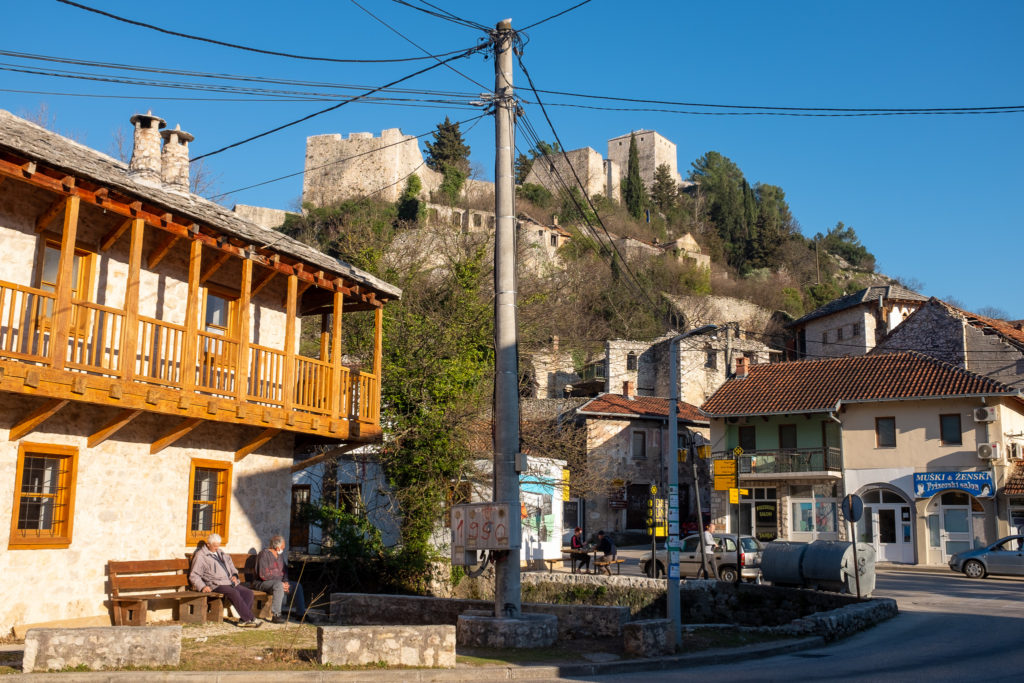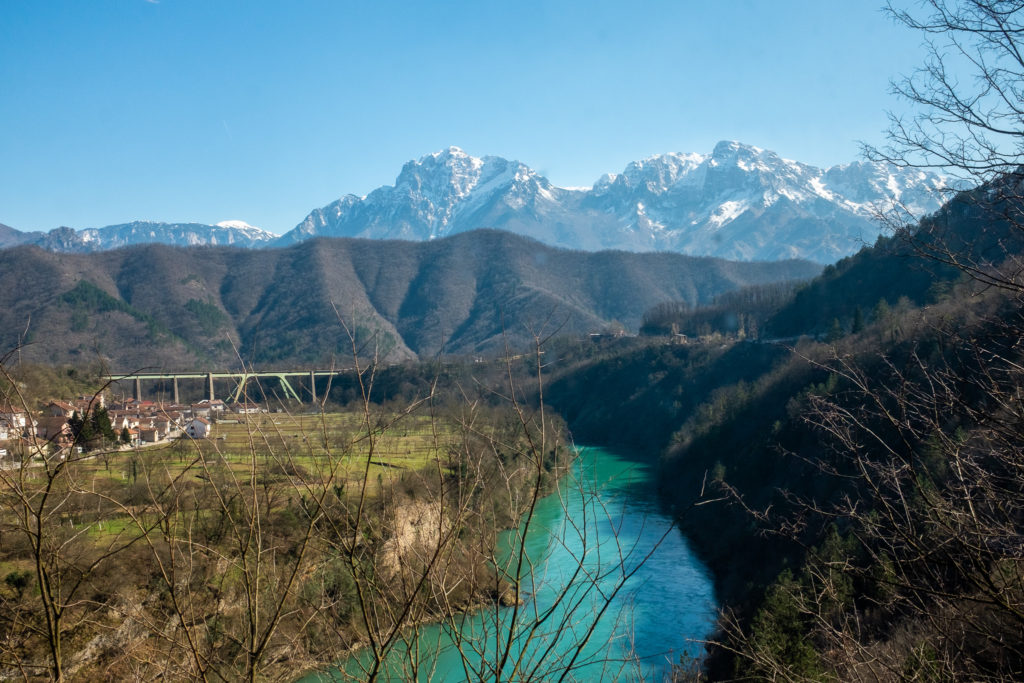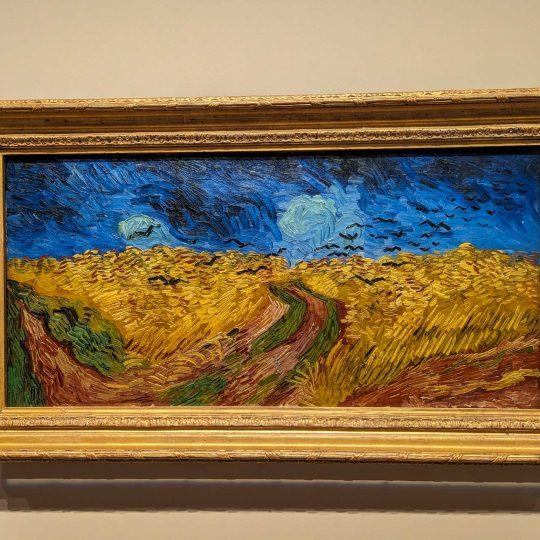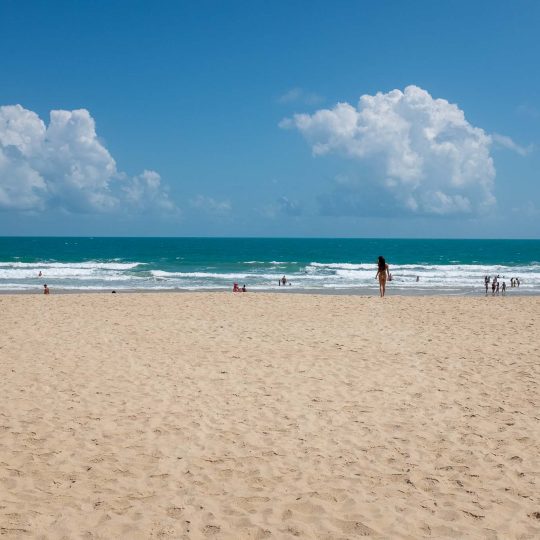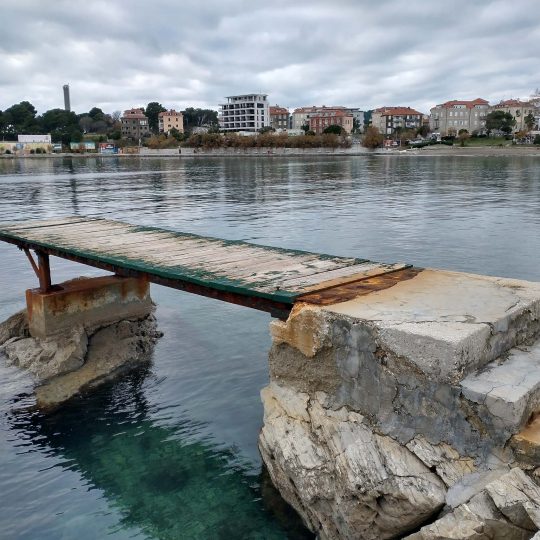When departing Croatia, I wanted to segue to a destination within Europe that 1) I had never visited, 2) was not conspiring in Covid regulatory policies inhibiting happiness. I had a handful of options throughout the Balkans that fit these criteria: Albania, North Macedonia, Kosovo, and Bosnia and Herzegovina. While I hope to visit all of these places eventually, the convenient option and availability of a short bus ride from Split to Sarajevo in Bosnia and Herzegovina simplified the logistics greatly. Traveling is fun when the next destination seems to volunteer itself for your consideration in such a way that you feel inclined to trust its judgment.
I find that being ignorant of the geography, history, language, and culture of the destinations that I visit sets the stage for efficient learning. By this, I mean that unburdening oneself of the presuppositions of knowledge allows us to become empty slates upon which to record. For instance, being unable to pronounce “Herzegovina” prior to my arrival set a low bar of expectations of what I might learn from my visit; assuredl,y in my vacant, dry-sponge mind, this trip would be a success if afterward I had solved this single mystery.
When I was a 90s kid I was barely aware of the conflict in Sarajevo; I recall thinking it was part of the Gulf War, or something related to it, afterwards. Of course, this is an embarrassing admission of ignorance — and I can imagine it is offensive to the thousands of people directly affected by the war. The only excuse I will offer in my defense is that awareness of such world events without the ability to affect them is not altogether more virtuous. Were I a philosopher, perhaps I could ruminate on that for a few hundred pages. I’ll keep it as a footnote here though, and abject testimony to ignorant Americans everywhere. In summary, though the war in Bosnia and Herzegovina profoundly affected every citizen living there — I never could have understood how until I visited Sarajevo myself.
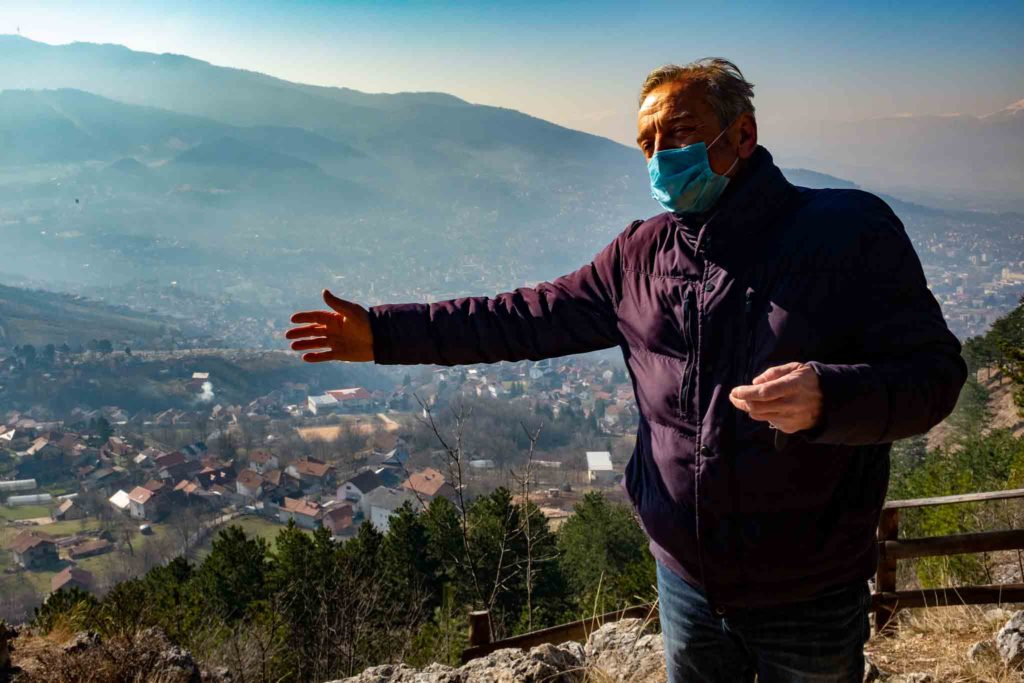
Many people living in Sarajevo today were directly affected by the Serbian blockade of Sarajevo that lasted four years. During this time, civilians of Sarajevo lived without running water, electricity, or dependable sources of food as their city was surrounded by Serbian forces and regularly bombarded by artillery and sniper fire. Thousands of civilians, including children, were killed.
I met people who survived for four years during the siege while enduring constant threat of sniper and artillery fire. One woman told me that she purchased the last ticket on the last bus out of Sarajevo before the 4-year siege began. She started a new life in Germany before returning after the war ended. Another woman moved to San Jose, California, prior to the siege. Others were not so lucky to escape. A tour guide that I had hired for the day showed me firsthand where he and others carried out raids against enemy forces. We walked through the enemy bunkers and hillside trenches. Many people lost friends, neighbors, and family during this time.
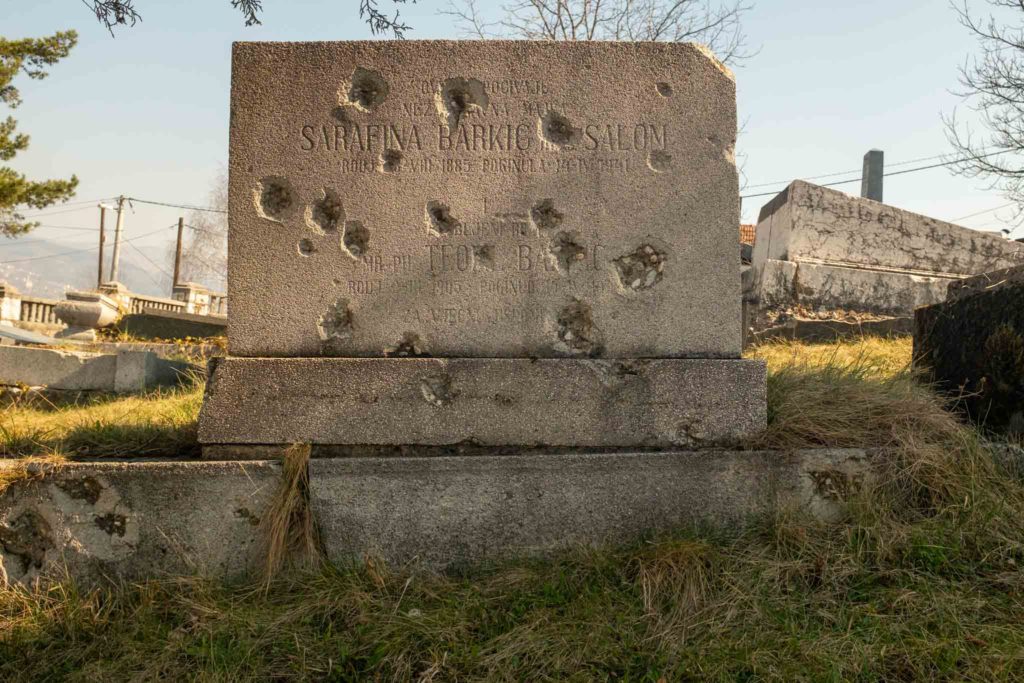
In Sarajevo, you can walk down most streets and find bullet holes in buildings. Explosive blasts have left scars on concrete whose impressions were painted red to resemble roses. It’s difficult to understand how a city that hosted the winter Olympic games fewer than ten years prior could be decimated by war so shortly after. It was more difficult for me to understand how an international community that had celebrated Sarajevo’s culture during the Olympics also abandoned it so shortly after. The United Nations recused itself from mediating the conflict or brokering peace on behalf of the attacked population, instead offering humanitarian aid in the form of food and survival supplies.
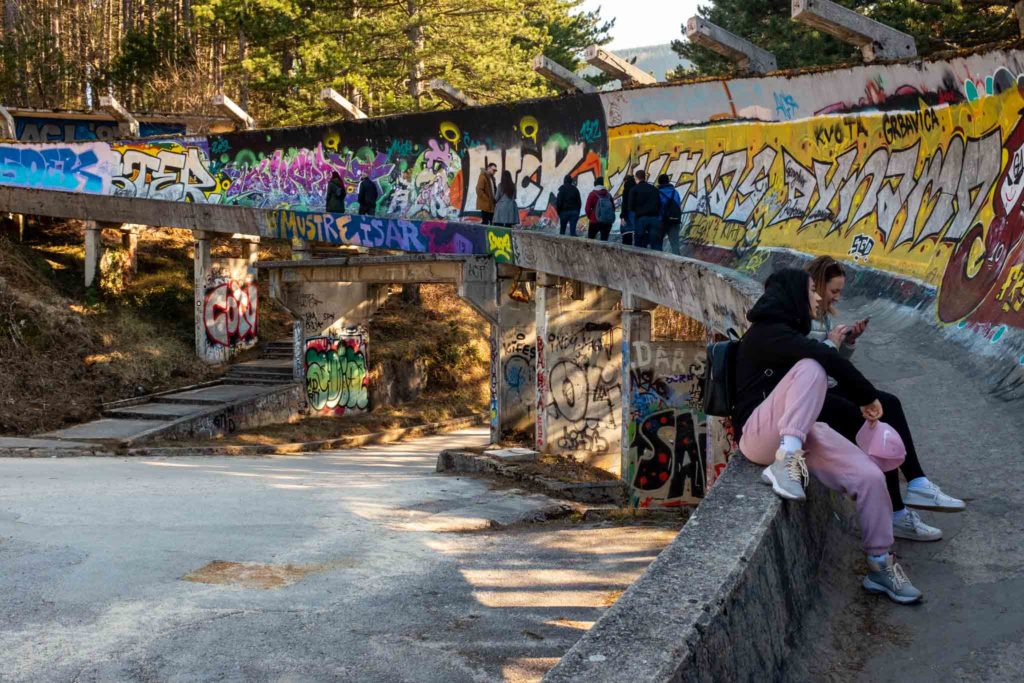
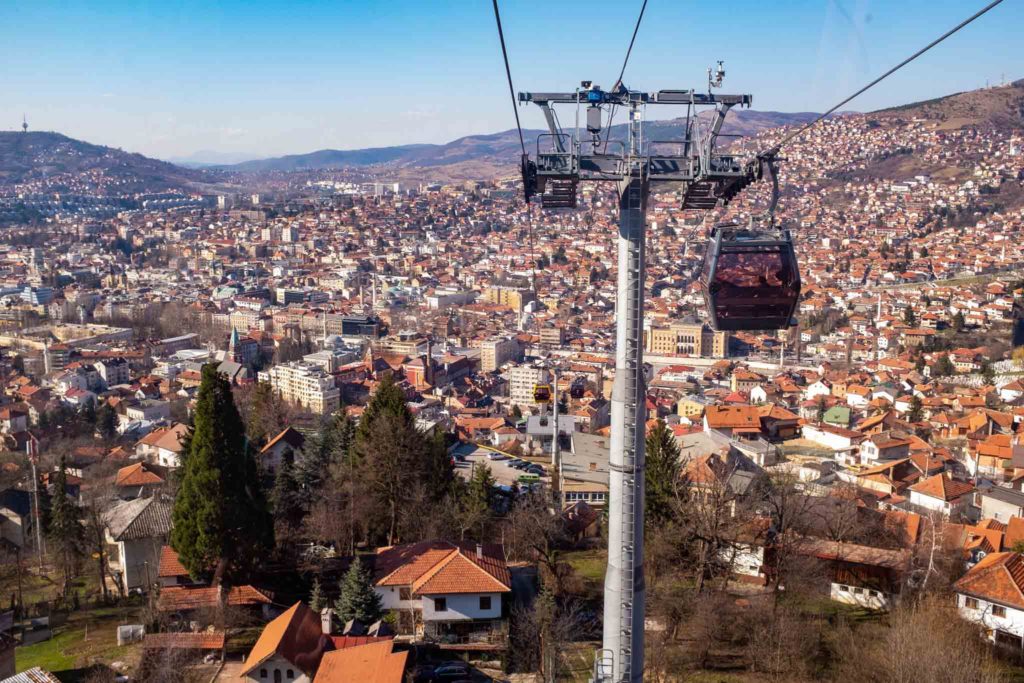
My time in Sarajevo bookended a week-long road trip around Bosnia and Herzegovina. The road trip involved a few intentions but no plans, itineraries, or reservations—just using a map to discover interesting opportunities to visit or drive to each day. Accommodation for each night was secured by late afternoon. My advice is to plan all road trips like this.
I took the scenic route out of Sarajevo en route to Mostar.
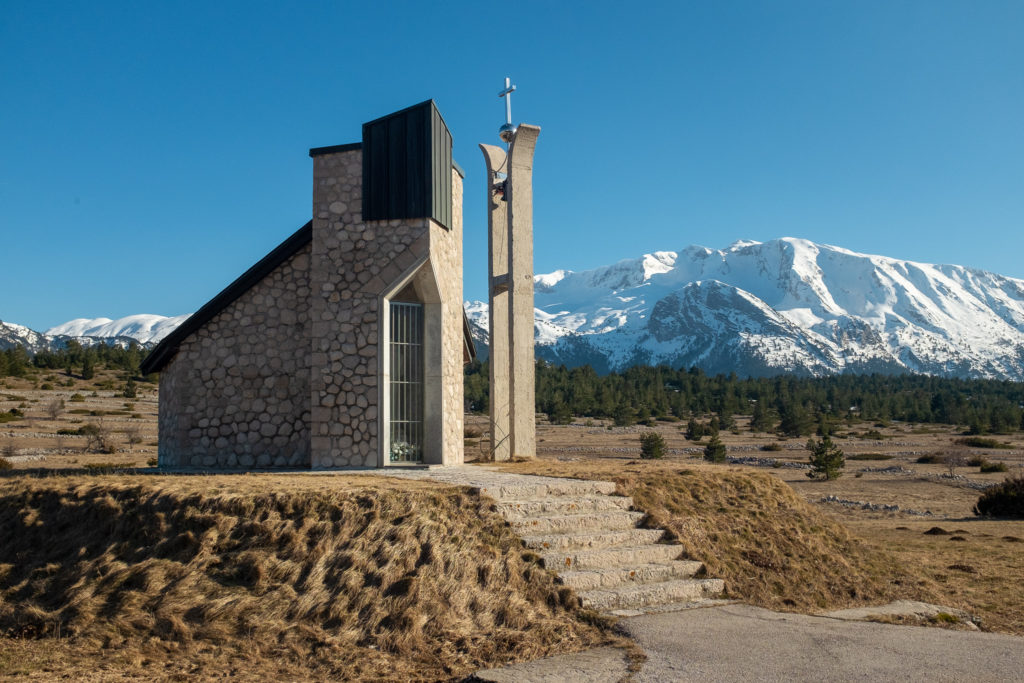

Mostar is a charming town and tourist hub owing to the most picturesque bridge in eastern Europe. The hotel I was in was nearby and I was able to pilot my drone from my balcony in the early morning to capture vacant streets and the Mostar bridge removed of all tourists (thank you pandemic). The town is singularly known for the historic bridge or Stari Most, which was rebuilt after being destroyed by the war in 1993.
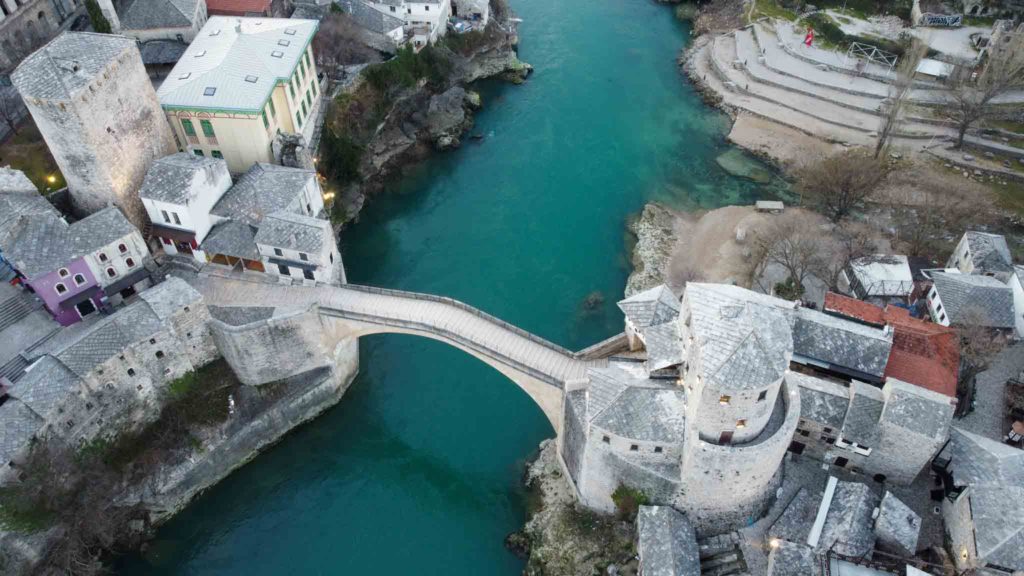

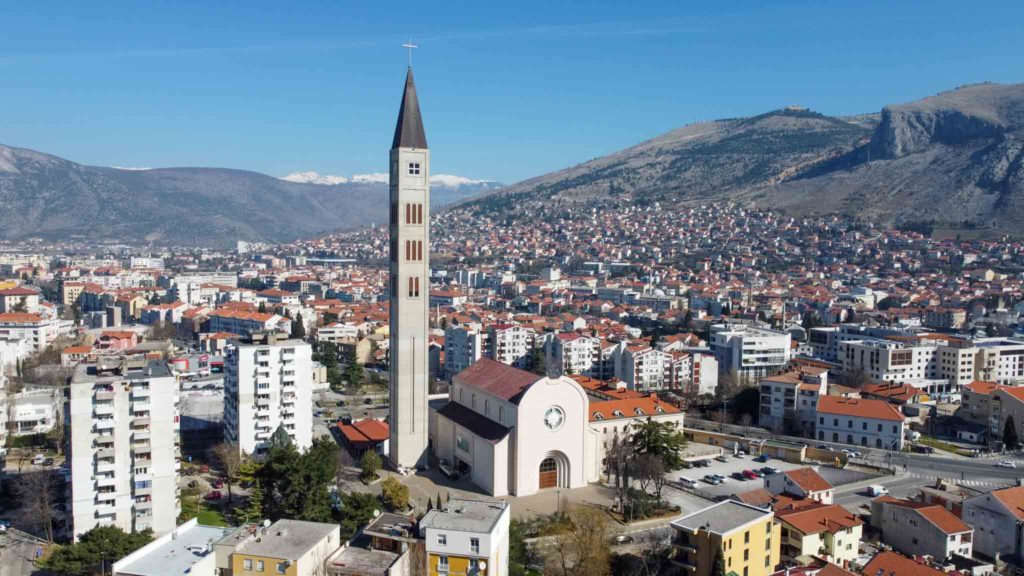
Nearby Mostar just a few kilometers away is Blagaj, which is home to a cute little riverside Dervish house, that apparently Sufi Muslims built.
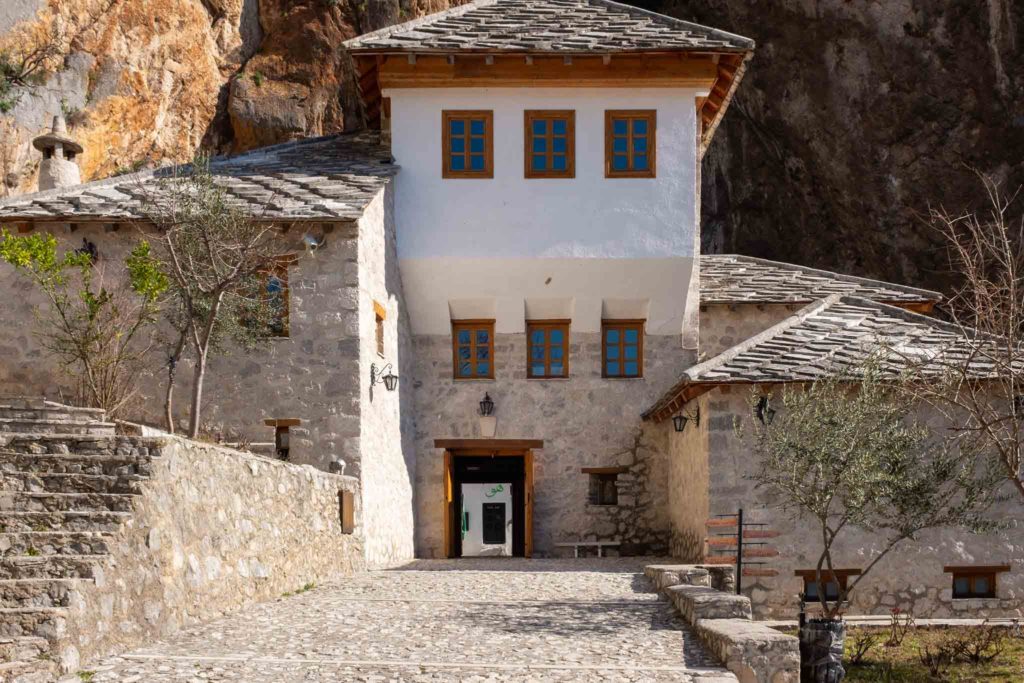
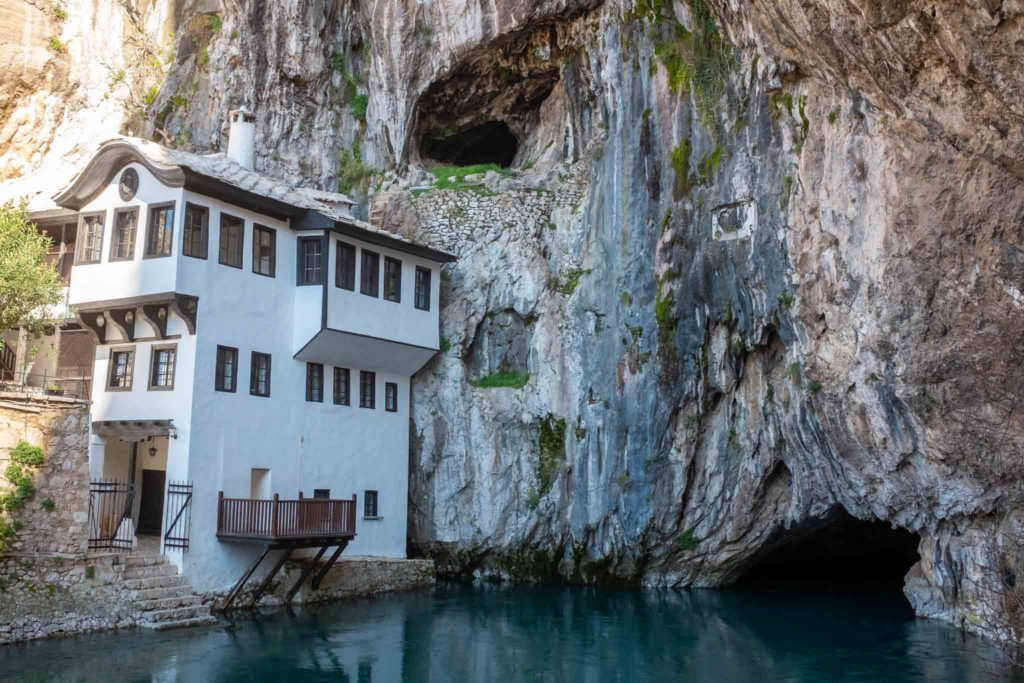
After Blagaj it was the Kravice Waterfalls:
Then stumbled upon Hutovo Blato, a nature and bird reserve that features 240 migratory species of birds.
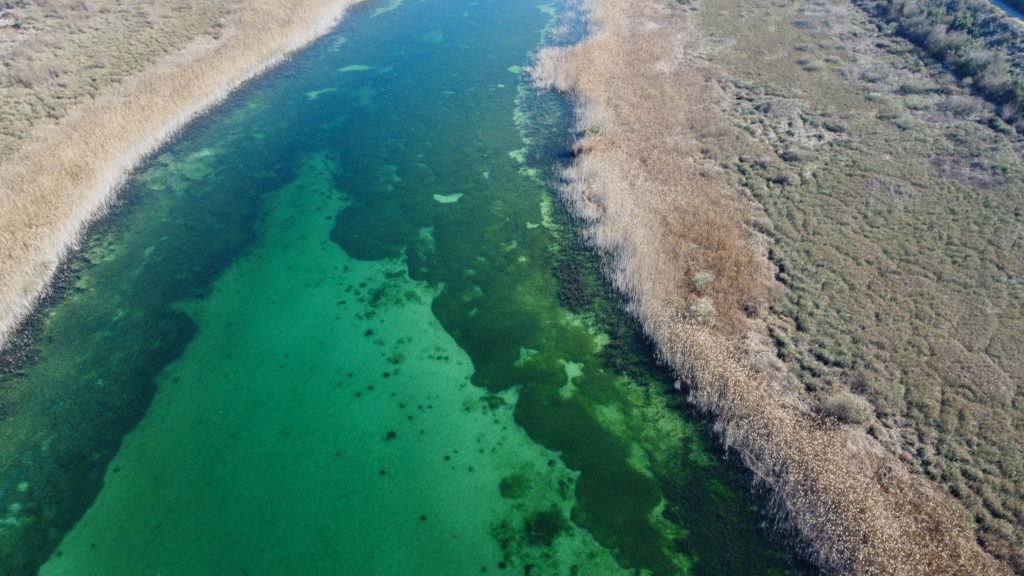
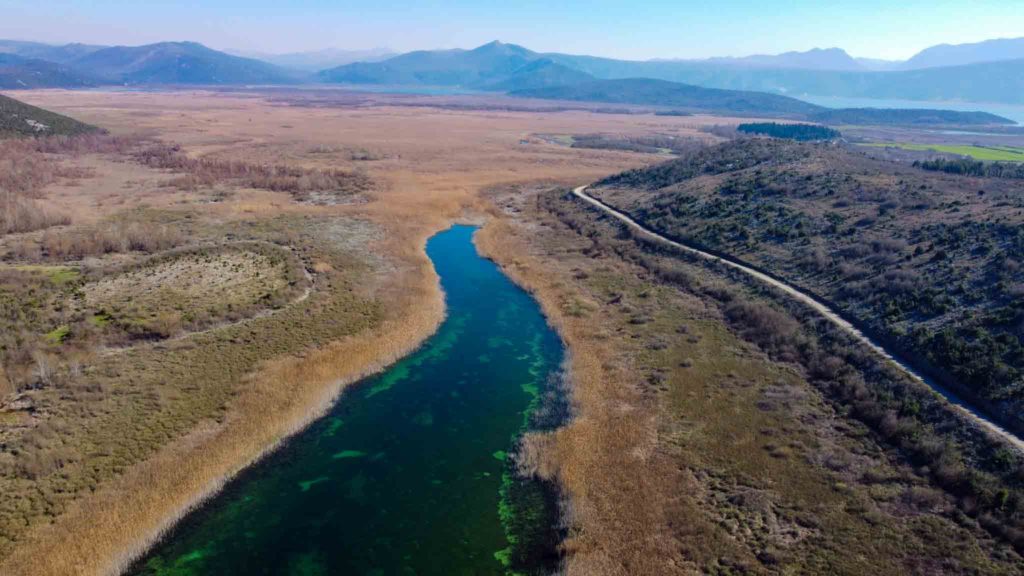
The small town of Stolac presented the most charm per capita of any place I remember stumbling upon. With only 15,000 inhabitants it is home to an immense history. The land encompassing it has been inhabited by humans for at least 15,000 years according to Wikipedia.
Arriving into Stolac at happy hour presented a relaxing opportunity to unwind from a long day of driving. Caffe Bar Old School was the perfect place to grab an outside table and unwind while admiring passersby and the Stolac castle. Stolac is riddled with many cool features including an old bridge near the apartment I stayed that I really loved. Apparently built to withstand high river floodwaters, while walking across it, instead it seemed able to withstand multiple nuclear strikes. Absolutely solid.
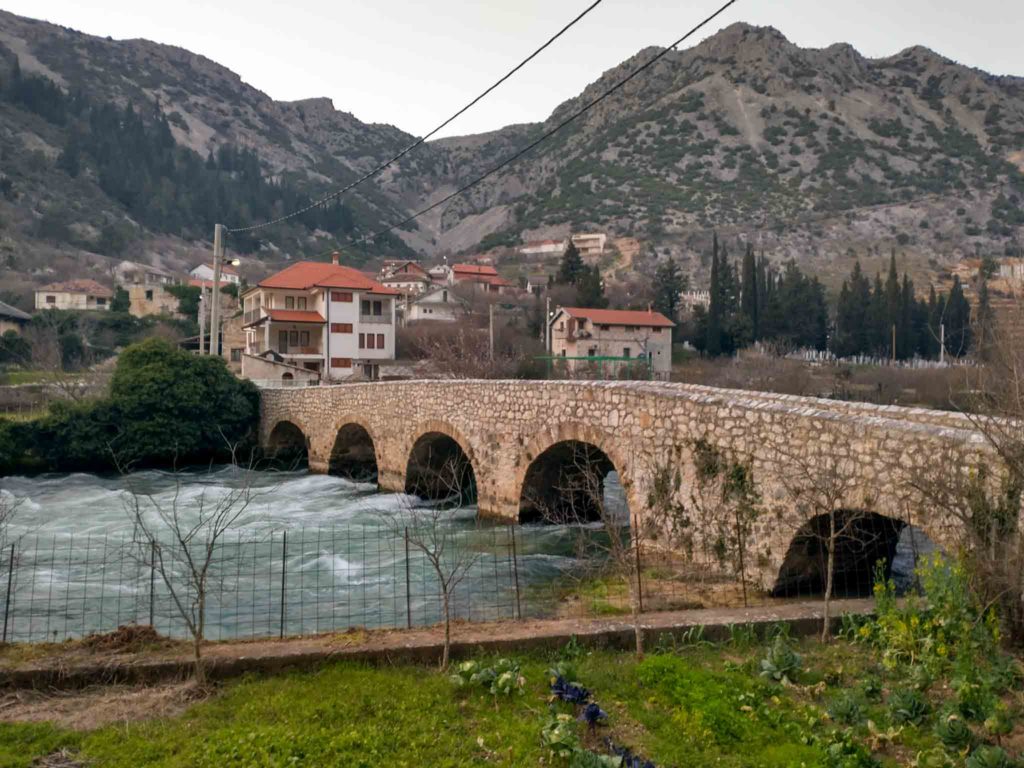
Another impressive charm of Stolac is a restaurant called The Old Mill which is surrounded on three sides by the river flowing through it:
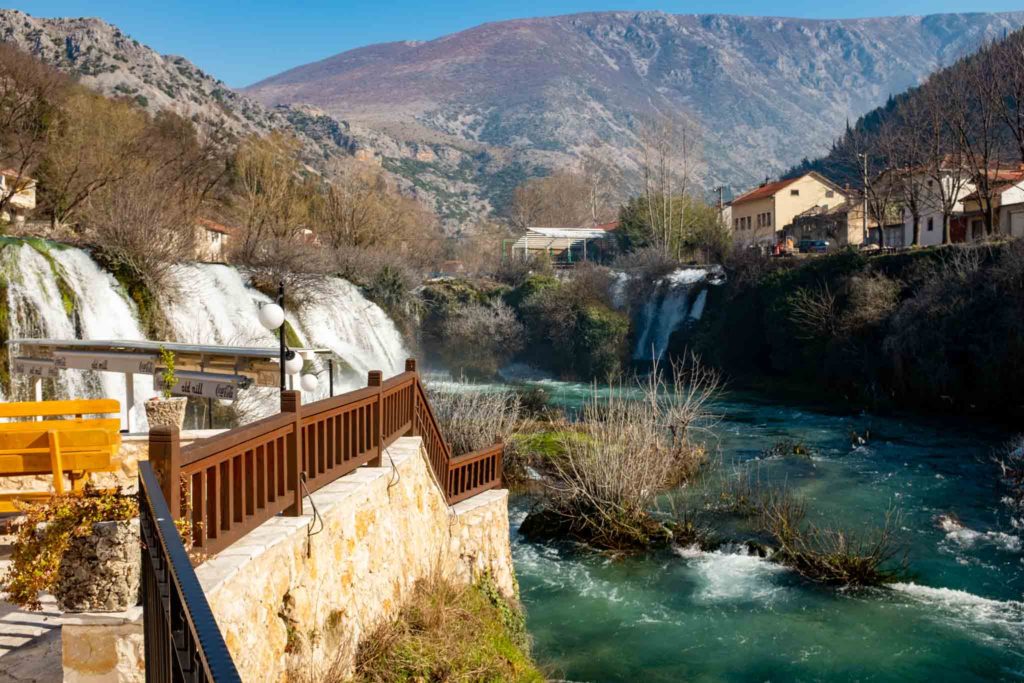
Finally, the highlight of Stolac from a visitor’s perspective might well be the castle. I took a drone video of it to give perspective:
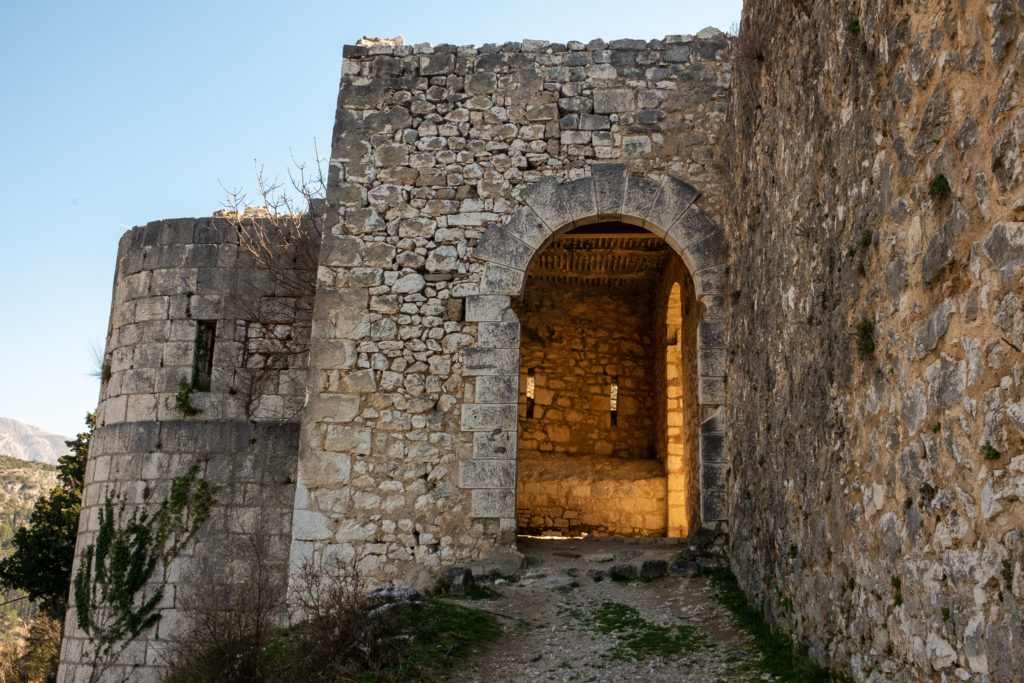
The drive back to Sarajevo to conclude the roadtrip was also eventful, offering plenty of scenic landscapes.
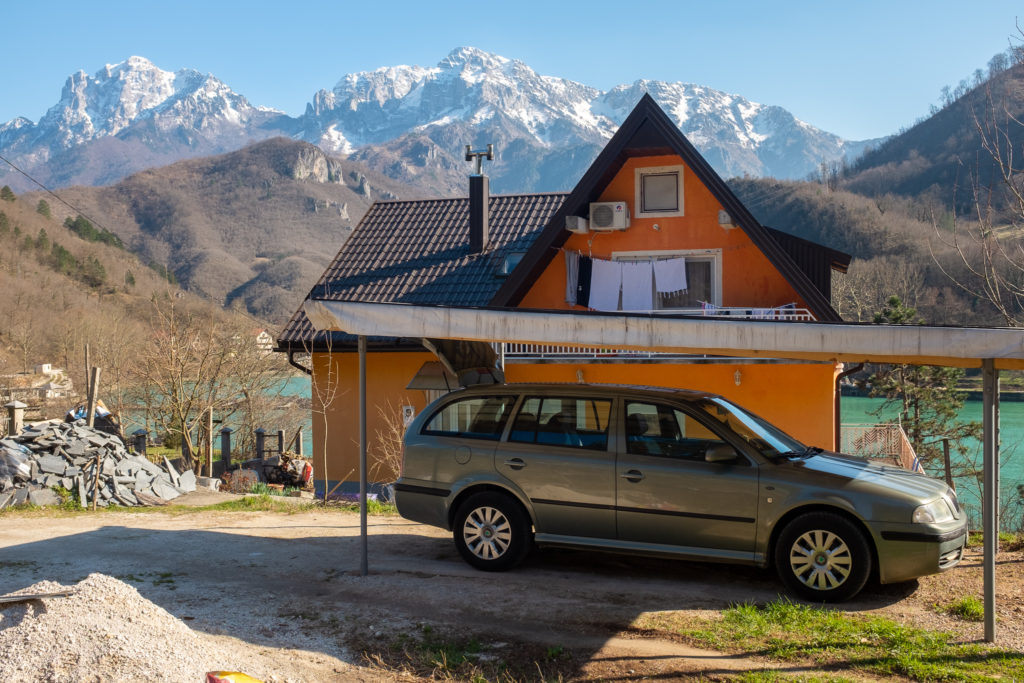
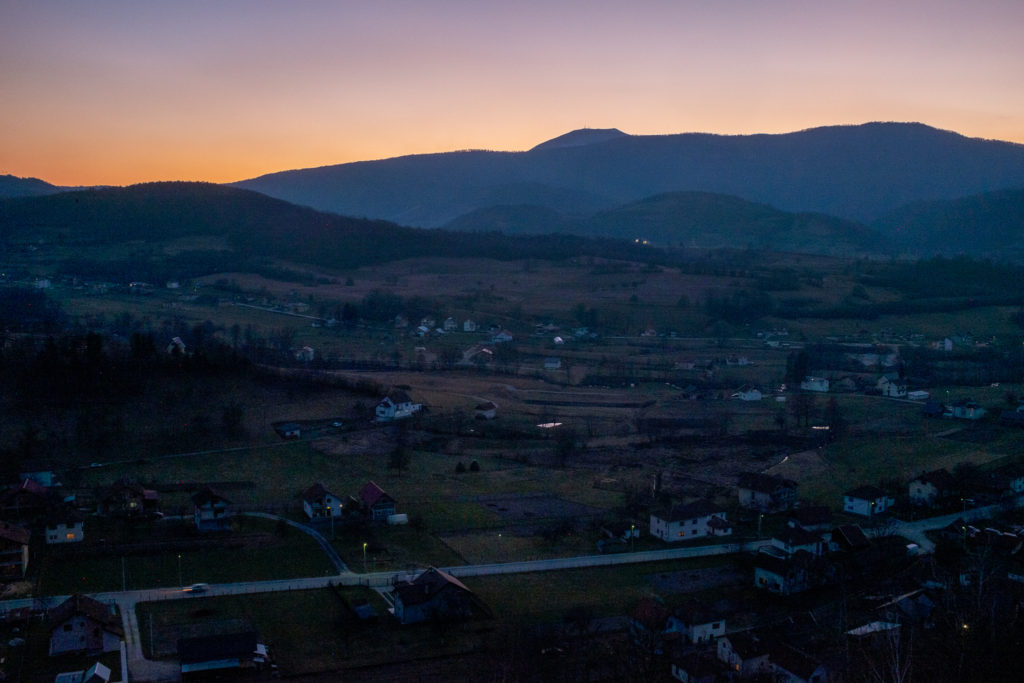
I spent a week in Sarajevo before continuing on to Dubai. I like Sarajevo! I found a great workspace to use during the day, Hub387, and even met some friends from it. Sarajevo is one of the few places I have visited that is inexpensive enough to rent a car. And since Uber doesn’t operate in Bosnia and Herzegovina, I found it absolutely necessary to have a rental car to get around.
